Definition
HTML (Hypertext Markup Language) is the standard markup language used to create and structure content on the web. It provides the basic building blocks for web pages, using a system of tags and attributes to define elements such as headings, paragraphs, links, images, and other multimedia.
Function
The primary function of HTML is to structure web content and enable browsers to interpret and display this content correctly. HTML allows developers to create pages that are organized and accessible, forming the foundation upon which CSS (Cascading Style Sheets) and JavaScript are applied to style and add interactivity to web pages. HTML also facilitates linking to other web pages and resources, making it essential for creating interconnected content on the internet.
Related Terms
- CSS (Cascading Style Sheets): A stylesheet language used for describing the presentation of a document written in HTML or XML.
- JavaScript: A programming language that enables interactive web pages and is an essential part of web applications.
- SEO (Search Engine Optimization): The practice of increasing the quantity and quality of traffic to your website through organic search engine results, often influenced by your HTML structure and content.
Here is the Wikipedia Article
Reading Suggestions
- Designing Church Website: This article provides insights into the key elements of designing a church website, highlighting the importance of HTML structure in achieving a user-friendly and effective online presence.
- Accessible Websites: Learn about creating accessible websites that comply with web standards and best practices, including the use of HTML to enhance usability for all visitors.

